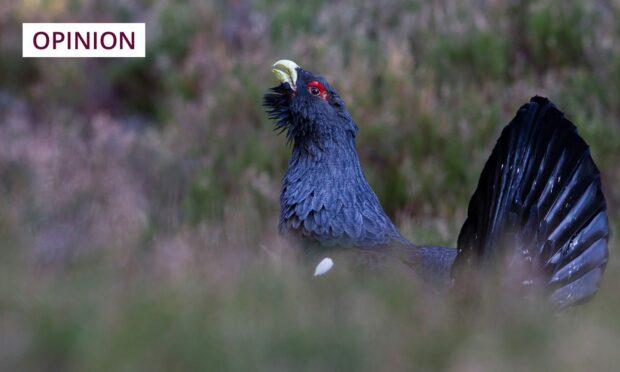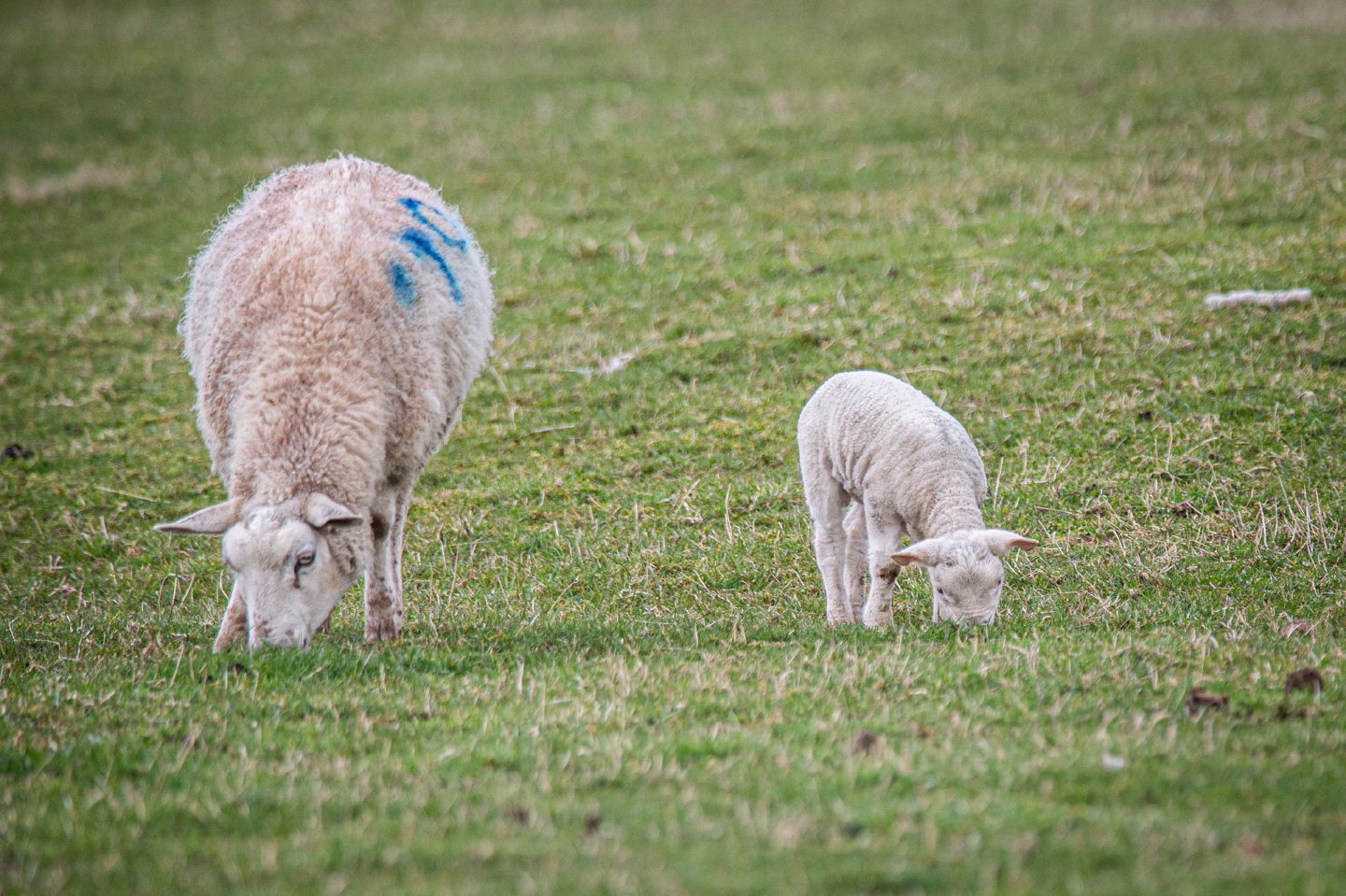This year’s BASC Wildlife Fund UK habitat stamp is an exquisite watercolour of Scottish capercaillie in their native ancient Caledonian pinewood. Yet, just last week, the Game and Wildlife Conservation Trust reported that the bird’s numbers have nearly halved in 10 years, with as few as 304 capercaillie remaining in 2020, compared to 580 in 2010.
That is the stark reality facing Scotland’s threatened bird species, many of which are staring into the extinction abyss. The reality is over-predation, a concerning issue facing not just capercaillie, but lapwing, golden plover, curlew and other endangered bird species.
Land managers, gamekeepers and farmers all work tirelessly to reduce the threat of predation by foxes and rabbits. Yet, simultaneously, they are having the fundamental tools required to do this removed, firstly through the imposition of the Hunting with Dogs (Scotland) Act 2023, reducing effective fox control by limiting the practice to two dogs, and by the latest hammer blow, the ever likely ban on snares.
Wales pushed ahead with a ban with very little consideration for the damage it will do to livelihoods and biodiversity. It is vital that snares are retained under the powers of the Wildlife and Countryside Act 1981 and, let’s be clear, modern snares address animal welfare concerns. They are compliant with the Agreement on International Humane Trapping Standards, and the breakaway component is indiscriminate, meaning that it effectively reduces the risk of non-target catch.
Concerningly, the prospect of a snaring ban has been introduced as an “add-on” to the Wildlife Management and Muirburn (Scotland) Bill, which seeks to license grouse-shooting. With a very short window for our sector to respond to the consultation, it is unclear whether all the evidence pointing to retaining modern snares will be fully considered by government.
Amidst climate and nature crises, the Scottish Government has decided to effectively reduce predator control and diminish the crucial role it plays in protecting endangered and threatened species.
The impact on conservation and agriculture will be devastating. The issue of unfettered predation by foxes on young livestock and gamebirds, namely lambs, partridge, and pheasant, will be far more widespread.
Snares are necessary in certain places and at certain times
To date, the Scottish Government has not provided a sufficient economic evaluation of the possible outcomes of a potential ban for lowland shoots and farming businesses. As farmers and land managers are increasingly being asked to become more efficient in order to increase food production and lower carbon emissions, this ban will do the very opposite, due to the increase in the number of lambs taken by foxes.
The other options in the “predator control toolkit” are not always feasible. Modern snares are necessary in places where and at times of the year when rifle shooting is impossible because of dense vegetation cover or the absence of safety backstops. This, coincidentally, is when fox predation has an acute impact, and snaring would mitigate the damage.
Threatened species face an accelerated trajectory towards extinction without the permissibility of modern snares
Moreover, due to rocky terrain and steep topography, it is not always possible to shoot foxes safely, effectively meaning there will be no other way of stopping over-predation on threatened species. In a nutshell, they face an accelerated trajectory towards extinction without the permissibility of modern snares.
BASC and others met in Edinburgh with Scottish Government minister Gillian Martin, MSP for Aberdeenshire East, to explain why a ban on modern snares should be avoided at all costs.
Now we are calling on all members and, indeed, anyone who wants to protect threatened species such as the capercaillie to visit the BASC website, where you will find more information on how to respond to the Scottish Government consultation.
Peter Clark is Scotland director for the British Association for Shooting and Conservation (BASC)

